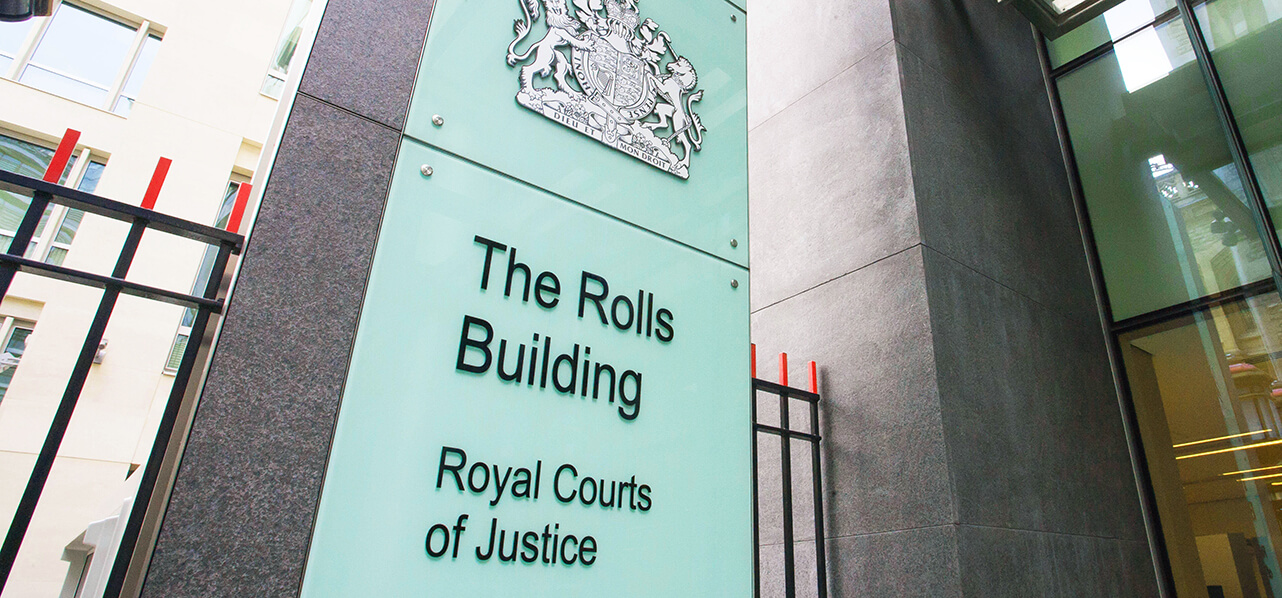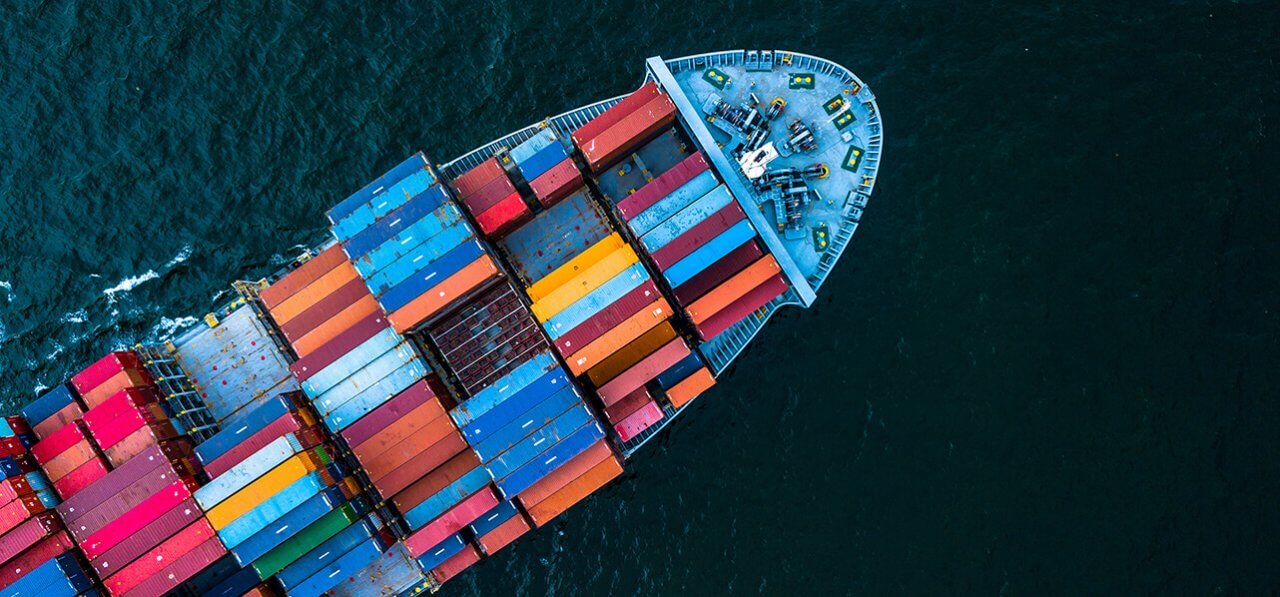In a significant decision handed down in May (1), the UK Supreme Court has upheld the Court of Appeal’s judgment in The Ocean Victory confirming that there had not been a breach of a safe port warranty as the relevant loss was caused by an abnormal occurrence. It also decided a question as to claims against sub-charterers where losses have been paid out under joint insurance arrangements. The safe port decision is not a surprise but will provide comfort to charterers and valuable guidance for distinguishing damage caused by characteristically unsafe ports on the one hand and abnormal occurrences on the other, particularly where a combination of factors create the relevant danger. The three to two majority decision on the effect of the joint insurance provision in the Barecon 89 form is more controversial and likely to see a market response.
The facts
The Ocean Victory (the “Vessel”), a capesize bulk carrier, was demise, time and sub- time chartered, with all charters containing a safe port warranty. The demise charter was a Barecon 89 form, amended to include an express safe port warranty. In September 2006 the sub-time charterers ordered the Vessel to discharge a cargo of iron ore at Kashima, Japan. Due to increasingly bad weather discharge was halted and on 24 October 2006 the Master left the berth. During this attempt to leave port the Vessel was driven onto the breakwater, splitting in two and eventually becoming a total loss.
The hull insurers of the Vessel paid out and had an assignment of the owners’ and demise charterers’ rights. They brought a claim for US$135m against the time charterers and sub-charterers for breach of the safe port warranty contained in the relevant charters.
First-instance decision
The hull insurers’ case was that Kashima was unsafe and that the loss of the Vessel had been caused through a combination of severe northerly gales and swell/long waves, both of which were known to be a problem at the port – the swell/long waves made it unsafe for the Vessel to remain at berth and the gales caused the Vessel to lose steering capability exiting the port, causing it to be driven onto the breakwater. The basis for this argument was the well-known definition of a safe port from The Eastern City (1958):
“A port will not be safe unless, in the relevant period in time, a particular ship can reach it, use it and return from it without, in the absence of some abnormal occurrence, being exposed to danger which cannot be avoided by good navigation and seamanship…”
The charterers’ defences included:
- Kashima was not an unsafe port as the weather conditions experienced on 24 October 2006 were an abnormal occurrence; and
- the demise charter contained a clause which provided for joint insurance by the owners and demise charterers, and the owners were therefore precluded from recovering any claims from the demise Consequently, the demise charterers had no liability to pass any claims down the charter-chain.
Mr Justice Teare held that the severe gales and long waves were a characteristic of the port and not an abnormal occurrence, were foreseeable, and that the casualty had been caused by this characteristic. The charterers’ arguments in respect of joint insurance were also rejected.
The Court of Appeal and Supreme Court decisions
The first-instance decision on whether or not Kashima was a safe port and whether the demise-charterers were precluded from bringing a claim at all was overturned by the Court of Appeal and this was confirmed by the Supreme Court. A third point arose before the Supreme Court in relation to the charterer’s ability to limit liability for the loss of the Vessel under the 1976 Convention but this point is not covered further in this note.
Safe port warranty
The Supreme Court agreed with the Court of Appeal that the phrase “abnormal occurrence” should, in the context of a safe port warranty, be given its ordinary meaning. The test is not whether the events which caused the loss were foreseeable, it is a question of normality. Abnormal occurrence means an event that is well removed from the normal, out of the ordinary course of events and unexpected – “it is something which the notional charterer or owner would not have in mind [at the outset of the voyage when the warranty is deemed given]”.
In this case, the fact that long waves and gales were separately not uncommon at Kashima did not mean that their simultaneous occurrence could be deemed a characteristic of the port, as had been decided at first instance. Indeed, in Kashima’s history, the simultaneous occurrence of long waves requiring a vessel to move off berth and gales which made navigating the fairway near impossible, had not previously occurred simultaneously. Undisputed evidence had been given that the storm in question had arisen very quickly and was of an exceptional severity and duration. The Supreme Court therefore decided that it must have been an abnormal occurrence and consequently there was no breach of the safe port warranty by the charterers.
Insurance/subrogation issue
The second question on appeal (although technically no longer necessary to determine given the finding on the safe port issue) concerned the right of the demise charterers in bringing a claim under the demise charter at all. The time charterers argued that the demise charterers could not claim against them for loss of the Vessel because clause 12 of the Barecon 89 form contained co-insurance provisions whereby the demise-charterers were to keep the Vessel insured in the joint names of themselves and the owners.
The Court held that clause 12 provided for an insurance funded result in the event of loss or damage to the Vessel by a marine risk. Had the demise charterers breached the safe port warranty they would not, therefore, have been liable to the owners for the insured loss as they had sought insurance proceeds to cover the loss.
It was suggested that the demise charterers or their subrogated insurers may have sought to claim based either on bailment or as a transferred loss rather than an assignment of claim. However, no submissions were heard on those points and so the Court did not express a view on them. This insurance point was a three to two majority decision, with Lords Clarke and Sumption dissenting and, as a decision reached on the interpretation of two clauses in the demise charter, could be distinguished in different circumstances.
1 Gard Marine & Energy Ltd v China National Chartering Co Ltd, China National Chartering Co Ltd v Gard Marine & Energy Ltd and Daiichi Chuo Kisen Kaisha v Gard Marine & Energy Ltd, the Ocean Victory [2017] UKSC 35.




